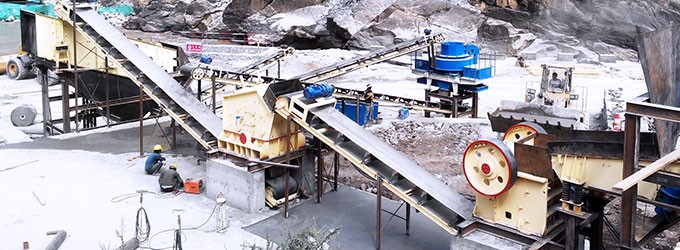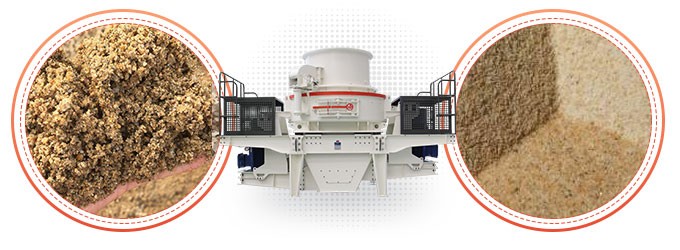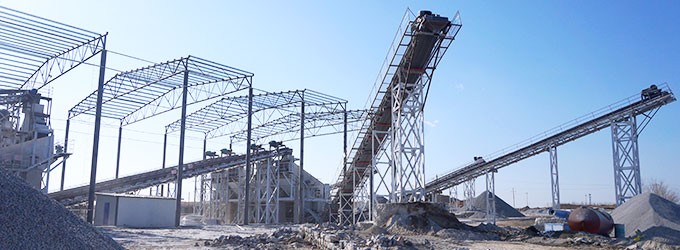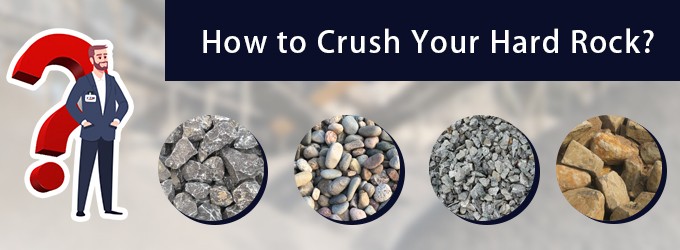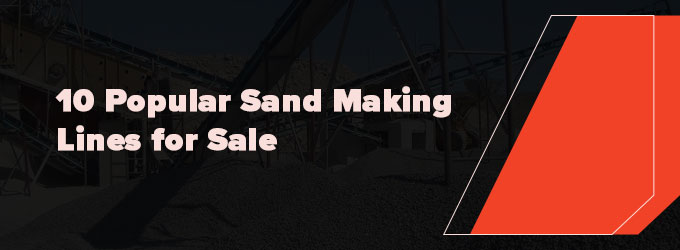A stone crushing plant is a special site where mined stones are processed into different sizes using one or various stone crushing machines (primary, secondary, and tertiary).
However, the operation of a stone crushing plant is understandably complex. It requires the collaboration of various heavy machinery (not just stone crushers) to ensure smooth and efficient operations.
What machines are required for a stone crusher plant, and what is the function of each? Here, you'll discover 11 stone crushing equipment needed for stone crushing, from primary crushers to fine crushers and conveyor belts.
1. Jaw crusher
Jaw crushers are primary crushers utilized in the first stage of stone crushing. They are commonly found in various stone crushing plants worldwide, from Nigeria to the USA, UK, and Iceland.
They are used for crushing material to a size suitable for the following crushing stages. After that, the broken rocks are taken to the next crushing equipment by conveyor belts.
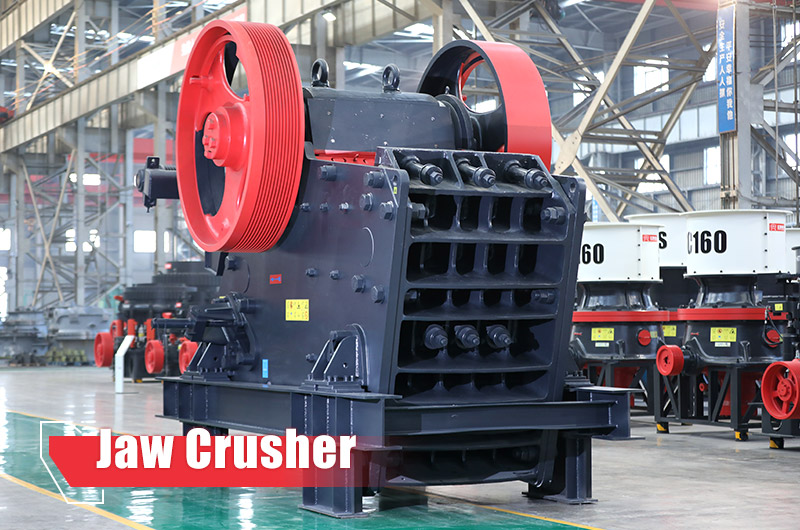
Each jaw crusher works with a fixed and movable jaw in which rocks and other materials are crushed.
The movable jaw is mounted on a rocker or pitman. It moves back and forth while the fixed jaw remains still. When stone or other mining materials enter between the jaws, they crush into smaller pieces.
Comparison of the Main Types of Jaw Crushers
| Types | Operating principles | Advantages |
| Universal Jaw Crusher | Universal type combining Blake and Dodge principles, two strokes per revolution with downward and inward motion | Deep crushing chamber, large crushing ratio |
| Mobile Jaw Crusher | Wheeled and tracked configurations | High mobility, adaptable to various sites |
2. Gyratory crusher
A gyratory crusher is one of the most in-demand primary crushers for stone crushing plants. It can process rocks, metal ores, granite, and other solid minerals of medium to high hardness.
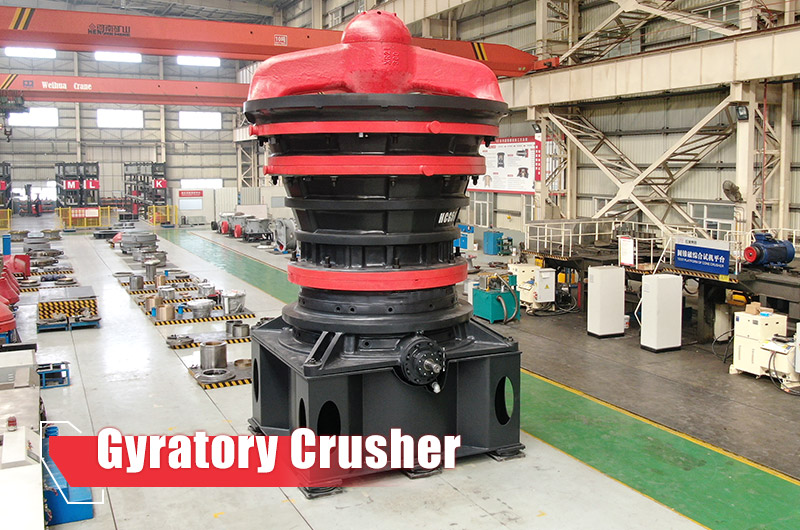
Gyratory crushers may be huge and capital-intensive, but they excel in high-capacity operations. So they are a preferred choice for medium and large factories.
- Operating principle: Works with rotary motion generated by the eccentric arrangement of the main shaft. Material is crushed in the chamber and concave as it goes downward.
- Application: Primary crushing machine in mining, aggregates, and construction industries. Ideal for handling medium to high hardness and aggressive materials. Suitable for dry to slightly wet materials, excluding sticky substances.
- Advantages: High processing capacity (up to 14,082 t/h). Effective handling of medium to high hardness materials. Ability to operate on dry to slightly wet materials, enhancing versatility.
3. Cone crusher
A cone crusher is a rock crusher used in the mining industry. industry, industry for processing and production of non-metallic materials. Used in the mining industry for secondary crushing of stone, gold and other solid minerals.
Cone crushers have a cone-shaped design that breaks larger rocks into smaller pieces.
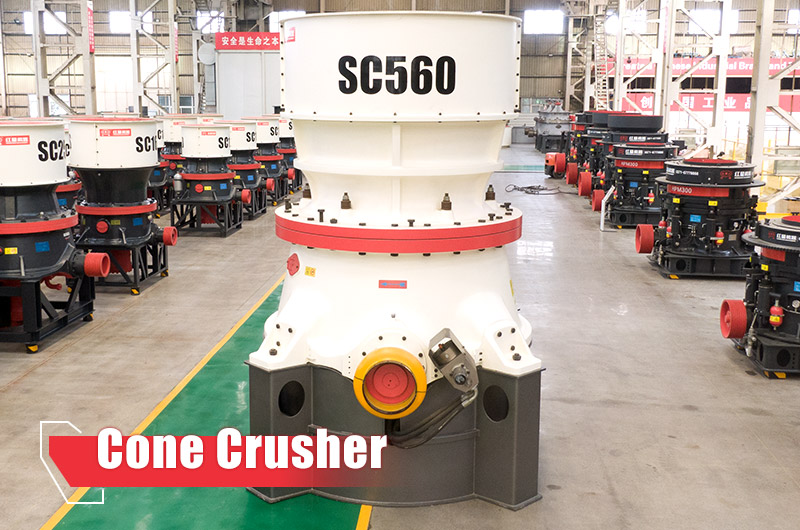
They can produce a well-graded and cubical end product. Therefore, they are used in shaping precious stones like gold, silver, diamonds, etc.
Comparison of the Main Types of Cone Crushers
| Types | Operating principles | Advantages |
| Cone Crusher | Spring safety system for overload protection | Low cost of operation, stable structure |
| Single-cylinder Cone Crusher | One hydraulic cylinder | Simple and compact structure, low failure rate, fully automatic control |
| Multi-cylinder Hydraulic Cone Crusher | Crushing stroke, speed, cavity design | Higher output compared to other cones, uniform particle size, hydraulic discharge adjustment |
| Mobile Cone Crusher | Can be easily moved to the crushing site | Can be easily moved to the crushing site, portable and ideal for on-the-go applications |
4. Hammer crusher
A hammer crusher is a special type of crusher that consists of a rotor with disks on which the hammers are mounted and articulated in the outer area. They, therefore, have a design similar to horizontal impact crushers.
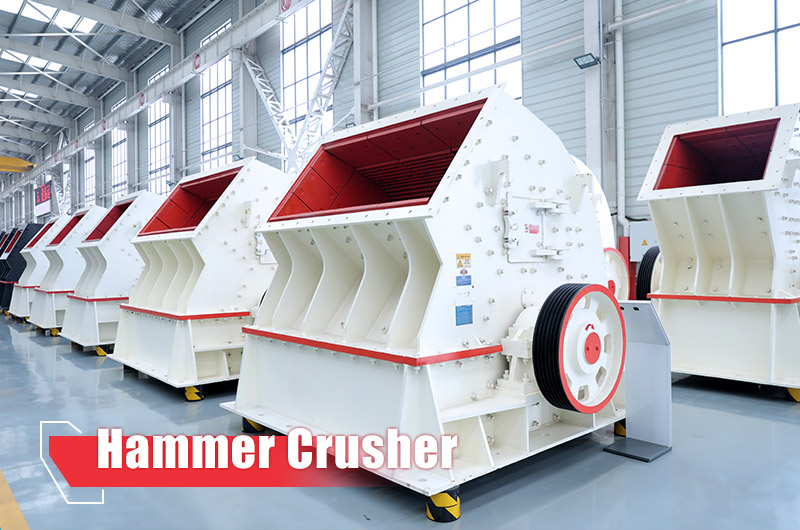
The rotor's high flywheel mass enables the single-stage shredding of feed pieces with edge lengths of up to 1,800 mm to less than 25 mm in one operation. Over 3,000 t/h are achievable with a hammer crusher.
Hammer-crushing machines are simple and compact in design, robust in construction, powerful, safe, and low maintenance. They are particularly suitable for crushing medium-hard rock. They are used exclusively in a fixed or semi-mobile mode.
The equipment is simple and compact in design, robust in construction, powerful, safe, and low maintenance. They are particularly suitable for crushing medium-hard rock. They are used exclusively in a fixed or semi-mobile mode.
| Types | Universal Hammer Crusher, Heavy Hammer Crusher, and Mobile Hammer Mill |
| Operating principle | Rotating hammers crush materials into small ≤ 25 mm pieces |
| Applications | Essential in a cement plant. Can crush limestone, gypsum, and concrete aggregate for grinding materials into powders in carbonate plants. |
| Advantages | Suitable for dry and wet crushing, ideal for medium and fine crushing |
5. Impact crusher
Impact crushers can be used for both secondary and tertiary stone crushing. They work by generating high kinetic energy, so the material to be crushed hits a sharp-edged and harder object.
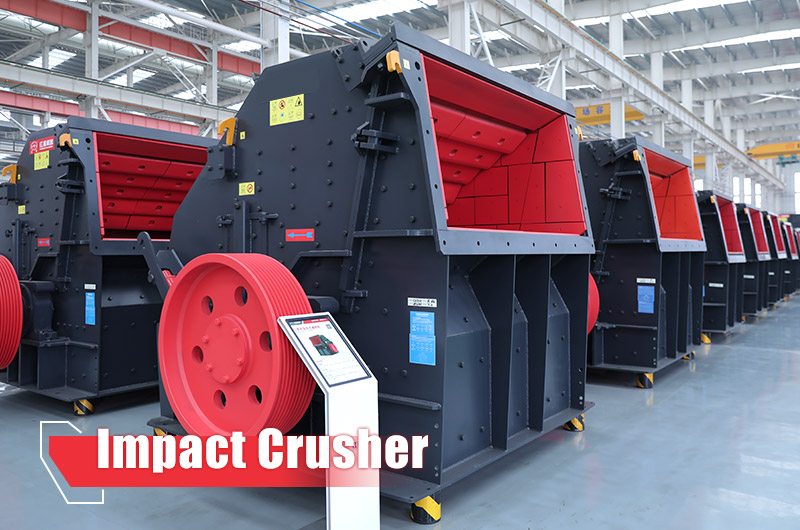
Firstly, the material to be broken is accelerated strongly and thrown onto a stationary impact device. Secondly, the material to be crushed is fed at a moderate speed onto a rapidly rotating drum with baffles.
With a rotating impact device, when the material hits the impact bars, it is accelerated and thrown back onto the lining or the impact devices protrude into the impact area. In the course of the material flow, multiple impacts and collisions with other materials occur.
The degree of comminution is generally higher than with jaw crushers. But impact crushers are often used in combination with jaw crushers. They are crucial for producing aggregates with excellent shape and size distribution.
| Types | Operating principles | Applications | Advantages |
| CI Series Impact Crusher | Compact structure, mobile use capability, adjustable gap for controlling particle size | Ideal for a mobile crushing plant, excellent product grain shape | Compact design, Excellent capacity (up to 2,000 t/h), effective for materials smaller than 800 mm |
| Mobile Impact Crusher | Wheeled and tracked types, configurable according to need | Made for customers requiring flexible site changes | Changeable site at any time, capacity range of 40-400 t/h - high crushing efficiency and large output |
6. Ball mill
A ball mill is another crucial piece of equipment for crushing stones into fine, homogenized pieces. It is a grinding mill that uses balls to grind rocks into fine pieces.
A ball mill consists of a rotating grinding bowl into which the material to be ground is filled.
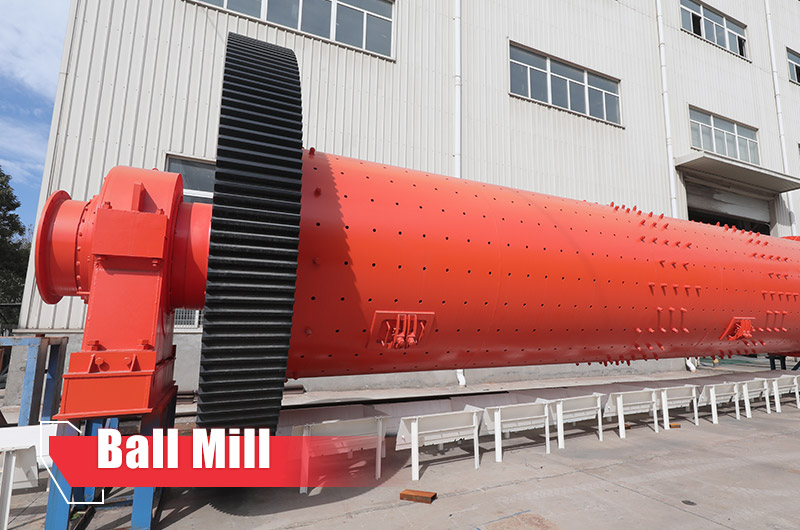
The rotating movements of the grinding bowls in opposite directions to the sun wheel lead to high grinding energies.
First, friction forces arise because the balls are accelerated in the direction of rotation by the centrifugal force acting on them. If this movement continues, coriolis forces develop, and the balls detach from the grinding bowl wall.
They move on a trajectory through the grinding bowl and hit the material to be ground on the opposite wall of the grinding bowl, releasing dynamic impact forces.
The interaction of these friction and impact forces causes a high degree of grinding. Because of this process, which is similar to the movement of planets, these mills are also called planetary ball mills.
The platform on which the grinding bowl is attached is called the sun wheel. There are two main types of ball mill stone grinding machines: dry and wet ball mills.
| Types | Operating principles | Applications | Advantages |
| Wet Ball Mill | Simple structure with a horn-shaped discharge port | Grinding stones, metal, and non-metallic ores, while adding water or ethanol | Consume lower power, more effective than dry ball mills, Low noise and environmental pollution |
| Dry Ball Mill | Cylindrical rotating device with straight discharge port | Suitable for dry grinding stones that can react with water, like cement and marble, or products needing | Valuable in arid areas to save water, Airflow ensures material discharge in dry conditions |
7. Double toothed roller crusher
A double toothed roll crusher is often used as secondary or tertiary stone crushing equipment. Its versatility spans applications like coal, pebble, perlite, limestone, and dolomite processing.
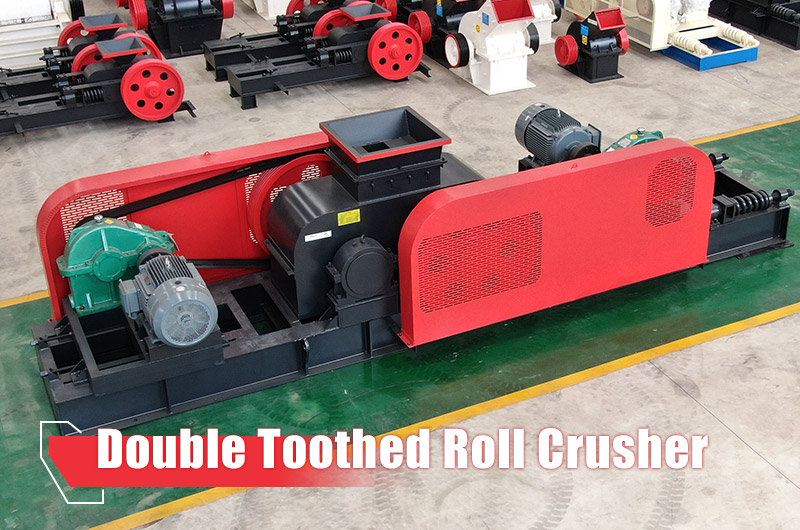
Notable features include high crushing capacity, hydraulic pressure for roller distance adjustment, and centralized lubrication on bearings.
| Operating principle | Application | Advantages |
| Works with the use of impact force from the deep tooth gear, use the squeezing method with its toothed rollers | Small stone factories, ideal for crushing raw coal, limestone, granite, and more | Improved meshing capacity, easy part replacement, environment-friendly with low energy consumption, lightweight, small size, low height, low noise, and high wear resistance |
Here is a double toothed roll crusher at work on a site in Eastern Europe:
8. Sand making machine
In certain stone crushing plants, the production of sand is a key component.
Sand making machines, also known as vertical shaft impactors, are designed to produce high-quality artificial sand by finely crushing and shaping aggregate materials (such as rocks, granite, limestone, and asphalt concrete).
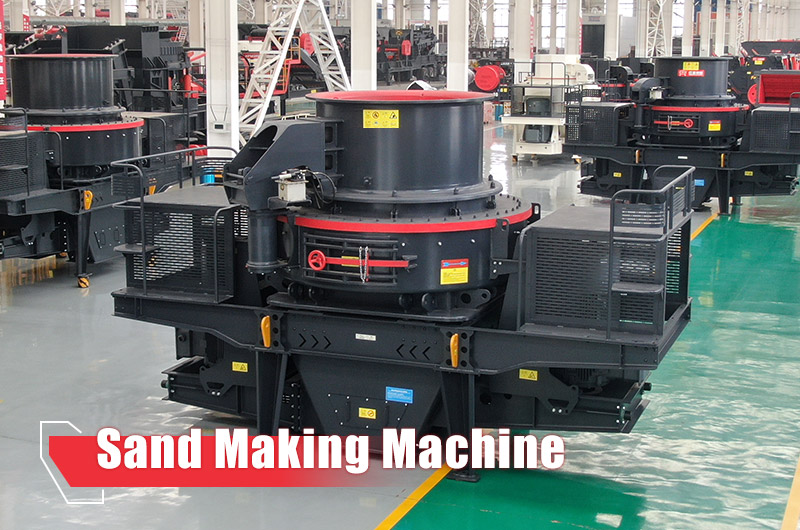
Most sand making machines crush rocks into sand in the vortex-crushing chamber. The sand derived from a sand making machine is mainly used in construction and is essential in concrete production.
The result may be artificially made sand, but it is an excellent substitute for natural sand. Sand making machines are essential in glass, silica, quartz, granite, and limestone sand production lines.
| Types | Operating principles | Applications | Advantages |
| VSI Series Sand Making Machine | Deep cavity rotor design with a large passing capacity | For gravel-making, suitable for hard and soft materials, energy-saving (50%) | Higher sand-forming rate (20%) |
| HVI Series Sand Making Machine | Dual functions of sand making and shaping - Optimized material impact angle | For uniform finished products with better grain shape | Uniform finished product, beautiful size and shape |
| Mobile Sand Making Machine | Equipped with mobile crushing stations, direct site-driven operation | Suitable for various coarse, medium, and fine sand production plants | Improving work efficiency, facilitating user operation, allowing on-site sand making and screening |
9. Vibrating screen
A vibrating screen is a critical component in the multi-stage stone crushing process. It separates the crushed material into different sizes, ensuring that only the required particles move to the next processing stage.
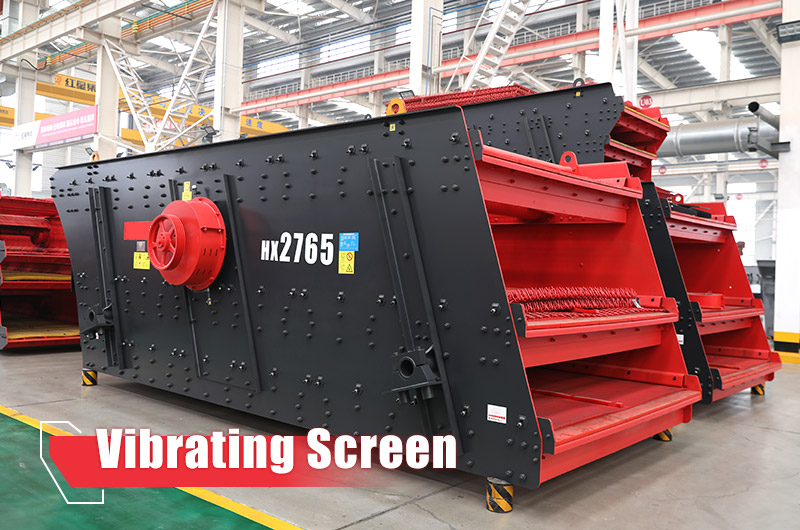
For instance, before passing stones into the ball mill, the materials must meet a size requirement and not contain impurities. The vibrating screen is what you use to screen out materials that don't meet the “screening rules.”
| Types | Operating principles | Advantages |
| Inclined or Circular Motion Vibrating Screen | Inclined at 15 to 30 degrees, gravity-assisted material movement, circular motion ensures material separation | Adjustable screening stroke, effective gravity assistance, versatile material separation suitable for various industries |
| Horizontal Screen | Inclination angle between 0 to 5 degrees, triple drive mechanism combining linear and circular vibrations in elliptic motion | Triple drive mechanism for horizontal movement, versatility in different conditions, reliable and large capacity |
| High Frequency Screen | High frequency, low amplitude, ideal for screening feeds down to approximately 200 μm | Improved screening efficiency, effective in dehydration wet screening, reduced loss of solid materials in water |
10. Vibrating feeder
You need a heavy-duty vibrating feeder to reduce manual labor in your stone crushing plant. The function of this stone crushing plant equipment is to feed the stones evenly into the crushing line while roughly screening materials.
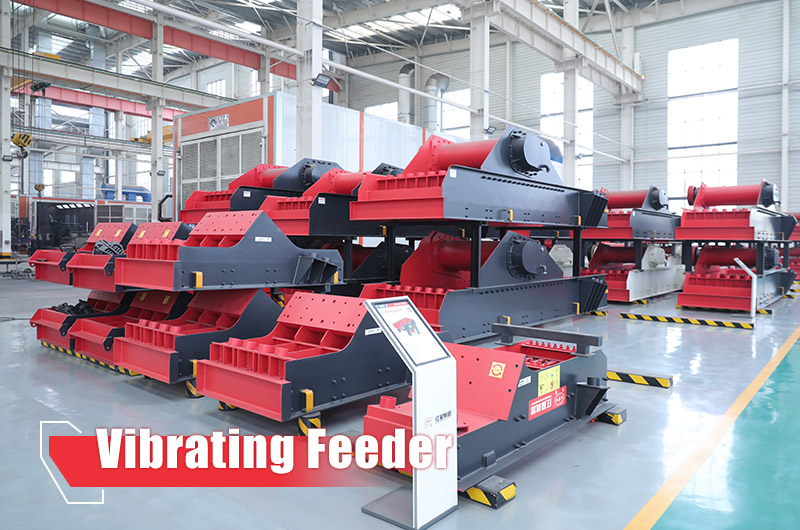
It is often used to serve belt conveyors, screening machines, and crushing machines with materials. Hence, it makes the plant more automated.
Its advantages include stable feeding, and the feeding amount can be adjusted based on the crusher's size. This system is widely utilized for feeding various materials, including rocks, blocks, granules, and powders, in various industries.
Its advantages include:
- Uniform feeding
- Reduced energy consumption and noise levels
- Prevention of engine burning
- Large feeding volume
11. Belt conveyor
Belt conveyors transport materials between different process stages in a mine or stone crushing plant. These conveyors help with the continuous flow of materials, reducing manual handling and increasing overall efficiency.
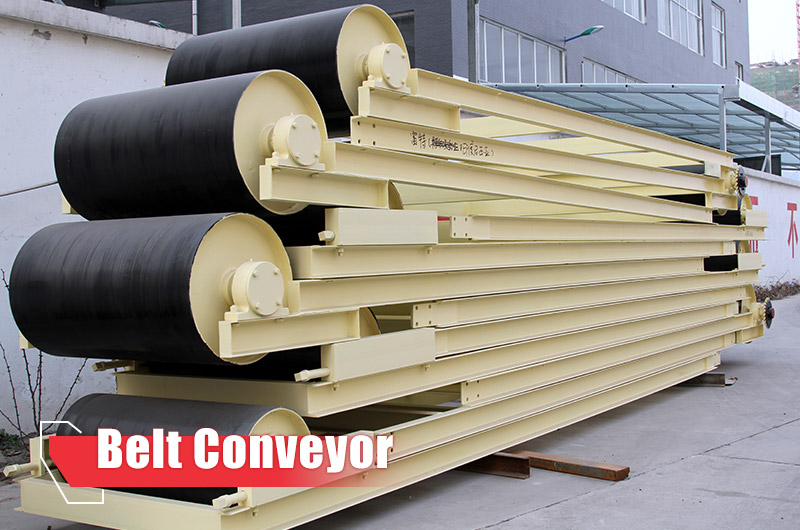
Conveyor belts used in the industry must be heavy-duty and capable of high speed and automation. Most of them are powered by electric motors.
The belts are often made of heavy-duty rubber, polyester, neoprene, nylon, or leather. They are designed in the form of a loop, which is supported by rollers and set in motion by drive drums.
Among other things, belt conveyors are used to transport materials such as aggregates, crushed and unprocessed stones, concrete, rubble, and more. Properly designed conveyor systems contribute to the smooth operation of the entire plant.
Conclusion
A stone crushing plant is a complex interplay of machines designed to process different sizes and types of materials efficiently. A stone crushing plant needs essential primary crushers like jaw and gyratory crushers as well as fine-crushing equipment like impact crushers and ball mills.
Other critical heavy-duty machines for the effective operation of a stone mill include the belt conveyors, vibration feeder, vibrating screens, and a central control system for all these machines. Understanding the variety and importance of each machine is essential for anyone involved in operating a successful stone crushing plant.


